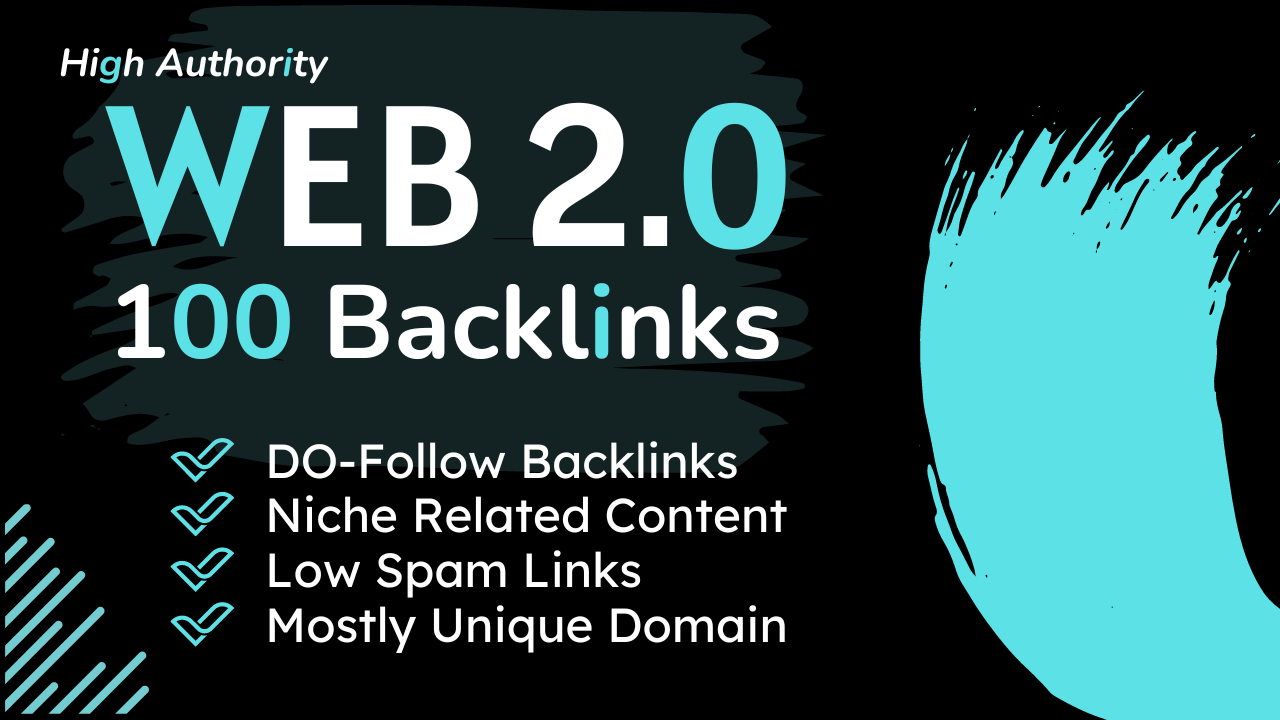In the ever-shifting terrain of SEO, web 2.0 backlinks have quietly become a cornerstone of successful link-building strategies. These backlinks, crafted from user-generated platforms like Blogger, , and Tumblr, offer an authentic, high-authority signal to search engines—when done right. But the real magic happens when you interconnect them using a web 2.0 link wheel. If you’re hunting for sustainable, white-hat SEO gains, mastering this method can catapult your rankings beyond the noise of generic efforts.
What Are Web 2.0 Backlinks?
Web 2.0 backlinks originate from websites that allow users to publish content on subdomains. These platforms let you orchestrate your own mini content hubs—each one linking back to your main site. Because these domains usually hold substantial domain authority, the links you embed carry meaningful SEO weight. But remember, they only shine when built thoughtfully. Simply dumping a few posts with links won’t cut it. The secret lies in precision and storytelling.
How the Web 2.0 Link Wheel Works
A web 2.0 link wheel is a carefully engineered interlinking system. You build a series of blog properties (like , Medium, Wix), each with unique content, and link them to your main site. But here’s the twist—these web 2.0 sites don’t just point to your money site; they also echo each other by linking in a circular pattern. This web of relevance and authority helps to funnel link juice with more intensity.
Let’s break it down:
- Create 5–10 web 2.0 blogs on different platforms.
- Populate each with 500–800 words of high-quality, niche-relevant content.
- Link each blog to your main website with your chosen web 2.0 backlinks.
- Link blog A to blog B, blog B to blog C, and so on—until blog E links back to blog A, completing the circle.
This creates a looping trail of authority that boosts visibility without setting off spam alarms.
How to Build a Web 2.0 Link Wheel Step by Step
1. Scout the Right Platforms
Avoid low-quality platforms or abandoned directories. Instead, pinpoint high-domain-authority platforms such as:
- .com
- Blogger.com
- Tumblr.com
- Medium.com
- Wix.com
Each of these allows user-created content and custom URLs, which makes them ripe for planting web 2.0 backlinks.
2. Craft Unique Content for Each Node
Do not recycle articles. Every blog in your wheel should pulse with its own voice. Infuse storytelling, use original images, and embed rich media where appropriate. Web 2.0 backlinks must feel organic. Force them, and Google will sniff it out.
3. Insert Strategic Anchor Texts
Sprinkle your keyword—web 2.0 backlinks—naturally within the content. Avoid stuffing. Make sure each anchor text serves a purpose and ties into the surrounding message. Vary it with LSI terms to camouflage over-optimization.
4. Link Internally and Externally
Don’t just link to your main site. Link to authority sites in your niche to mimic natural blog behavior. Within the wheel, link one web 2.0 blog to the next. This strengthens the connection, creating a solid mesh of backlinks that search engines love to crawl.
5. Maintain and Update
Web 2.0 properties are not “set it and forget it.” Update them. Add new posts occasionally. Reply to comments. Doing so breathes life into the blog and prevents it from looking like a link farm.
Common Mistakes to Sidestep
- Overlinking: Adding too many backlinks in a single post dilutes value. Keep it to one or two.
- Using the same content: Duplicate content is SEO suicide.
- Ignoring design: Customize the theme, layout, and visuals. A plain default template shouts low-effort.
- Neglecting mobile-friendliness: Ensure each web 2.0 site is responsive.
Why Web 2.0 Backlinks Still Matter in 2025
Despite the emergence of AI-generated fluff and black-hat tricks, web 2.0 backlinks remain resilient. They’re manual, they’re customizable, and they create a network effect when built as a link wheel. Search engines respect them because they can look and act like genuine independent blogs—if nurtured properly.
Final Thoughts: The Quiet Power of the Link Wheel
The web 2.0 link wheel isn’t flashy, but it’s one of the most underrated SEO tactics for long-term gains. By constructing interconnected content properties filled with strategic web 2.0 backlinks, you can channel authority into your main site without risking penalties. It takes time and care, but when you see your keywords climb steadily in search results, you’ll know it was worth the effort.
Forget shortcuts. Focus on depth, structure, and creativity. That’s how you turn backlinks into a strategy—not just a checkbox.



